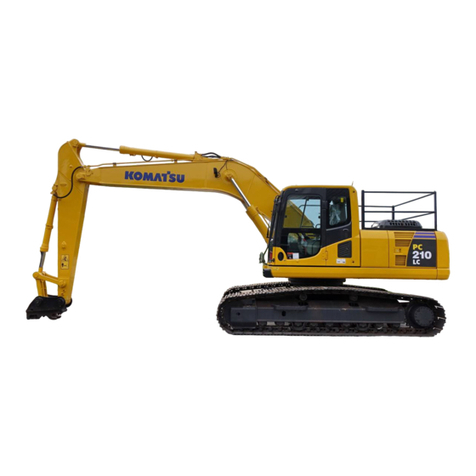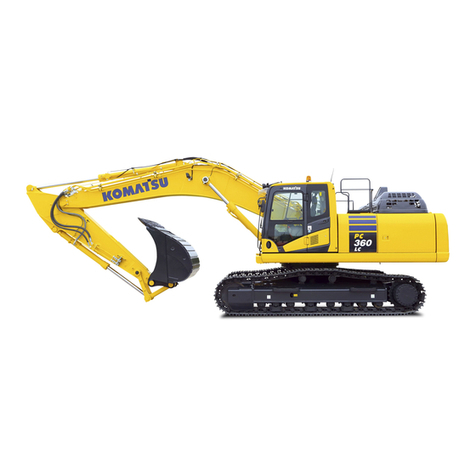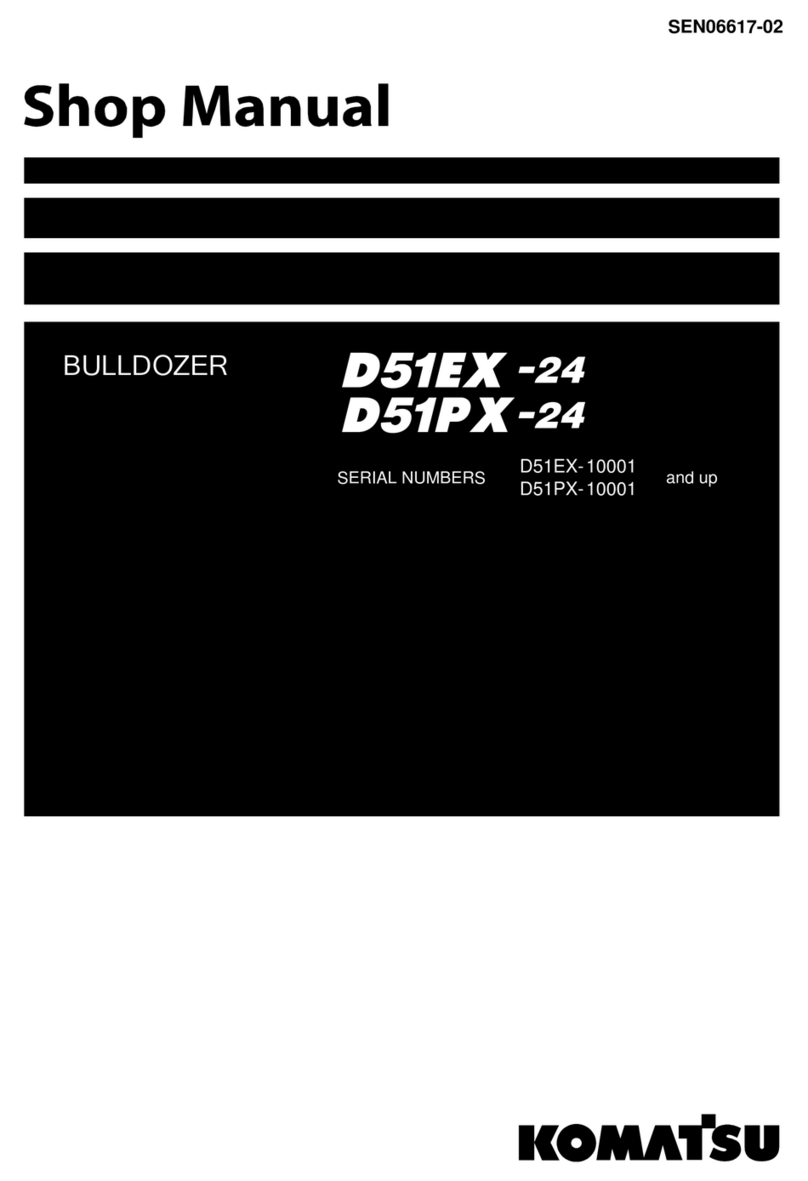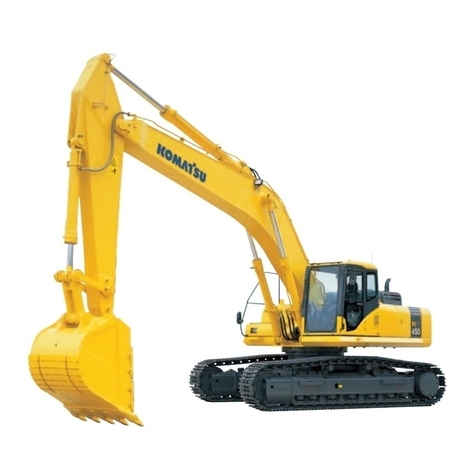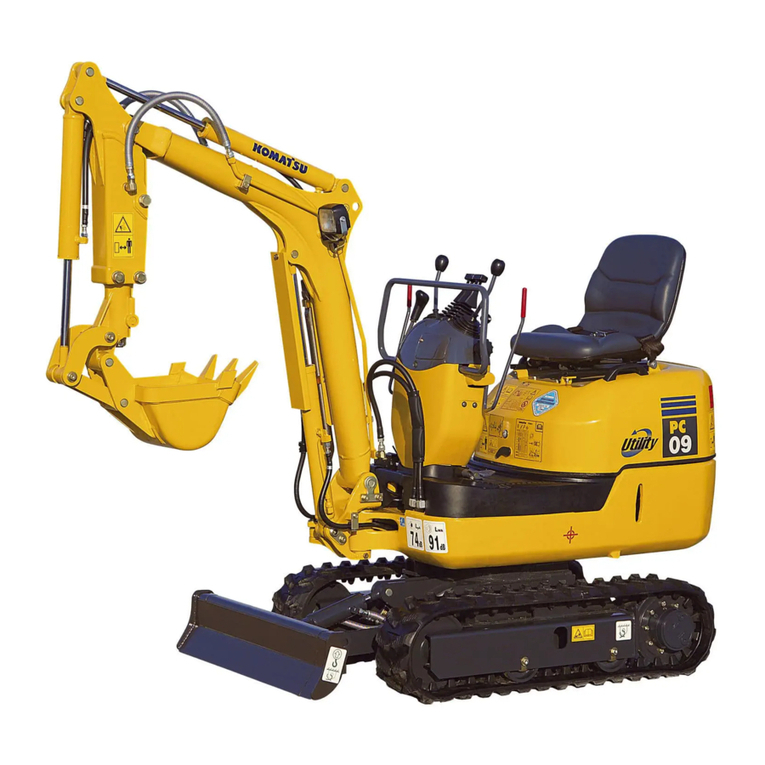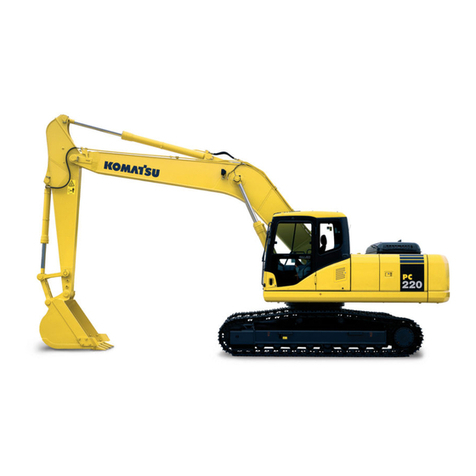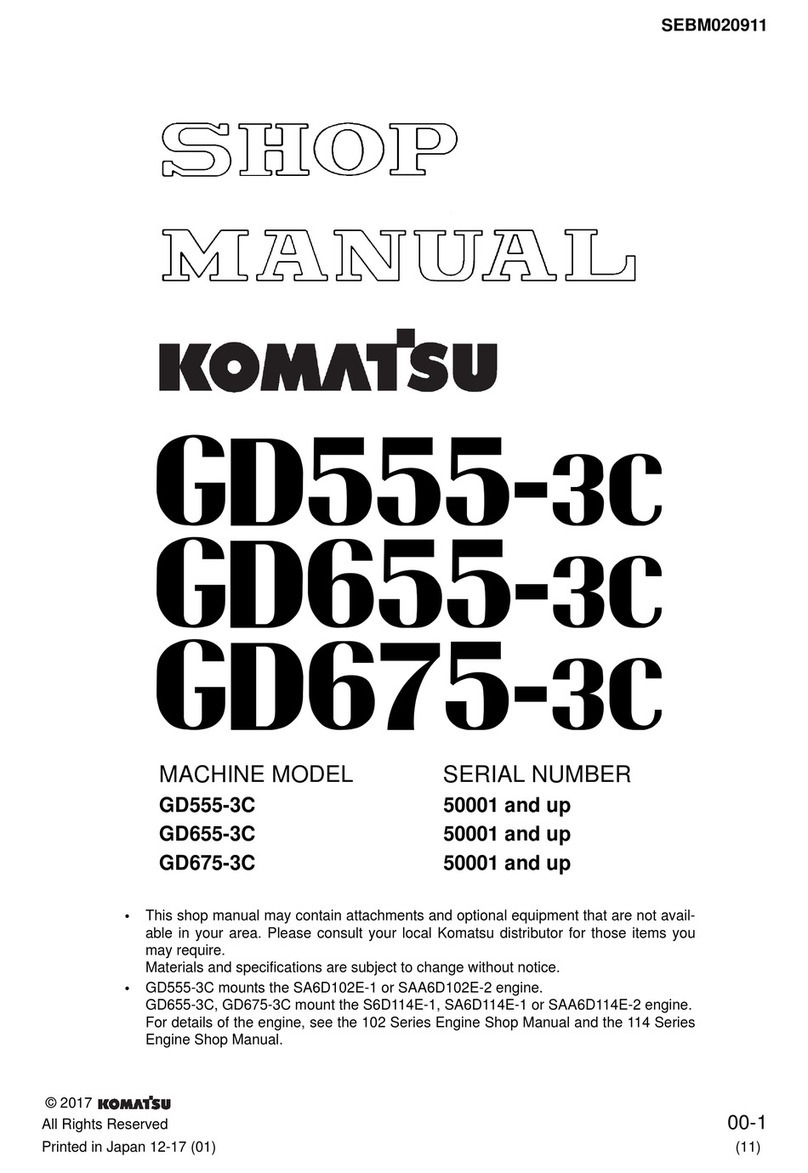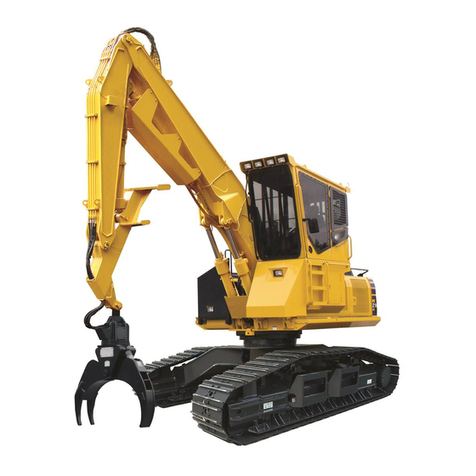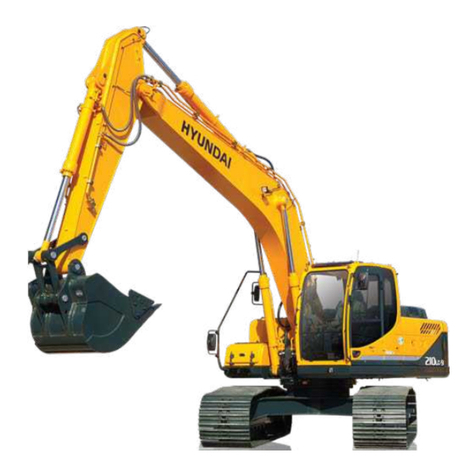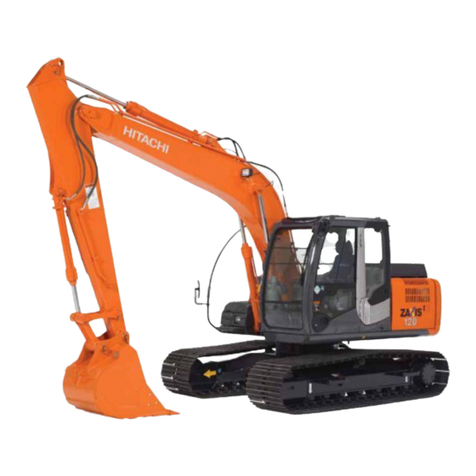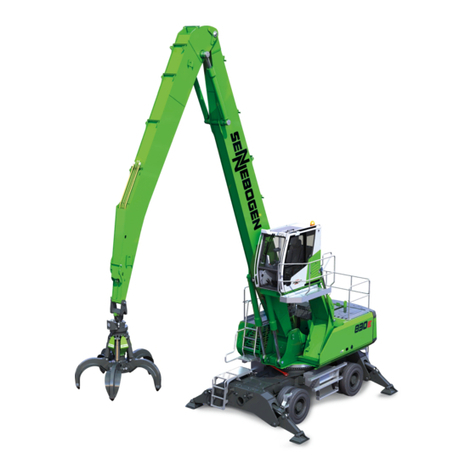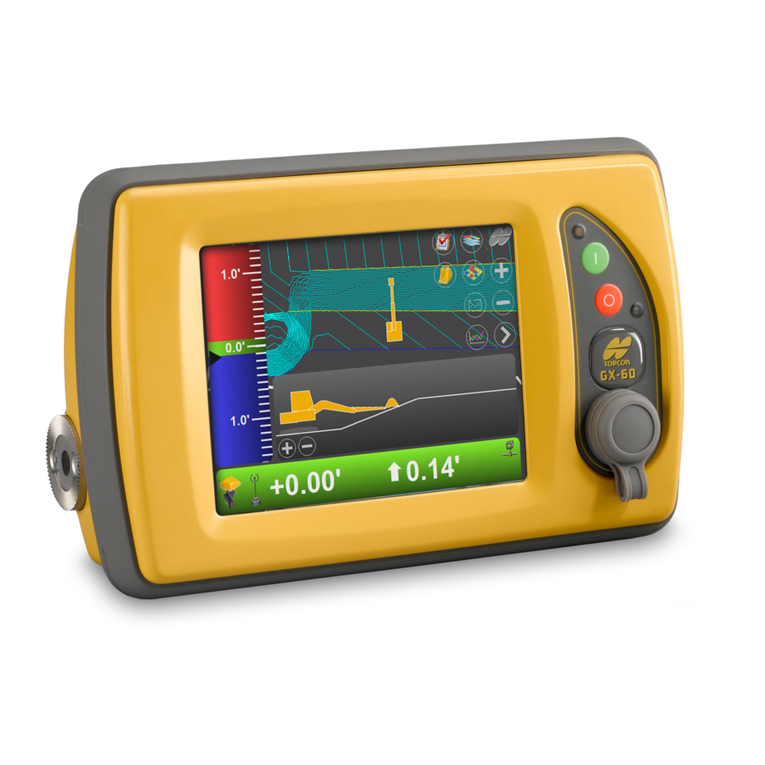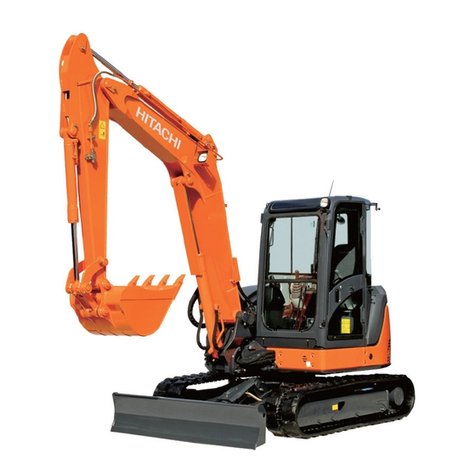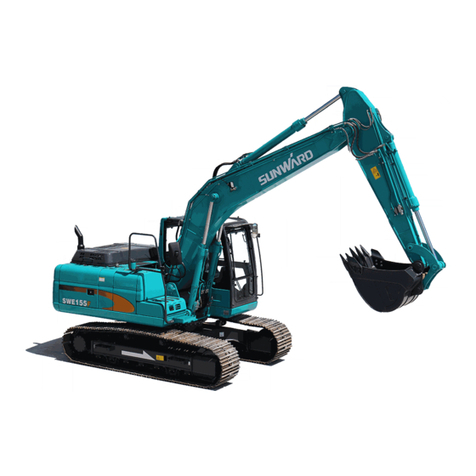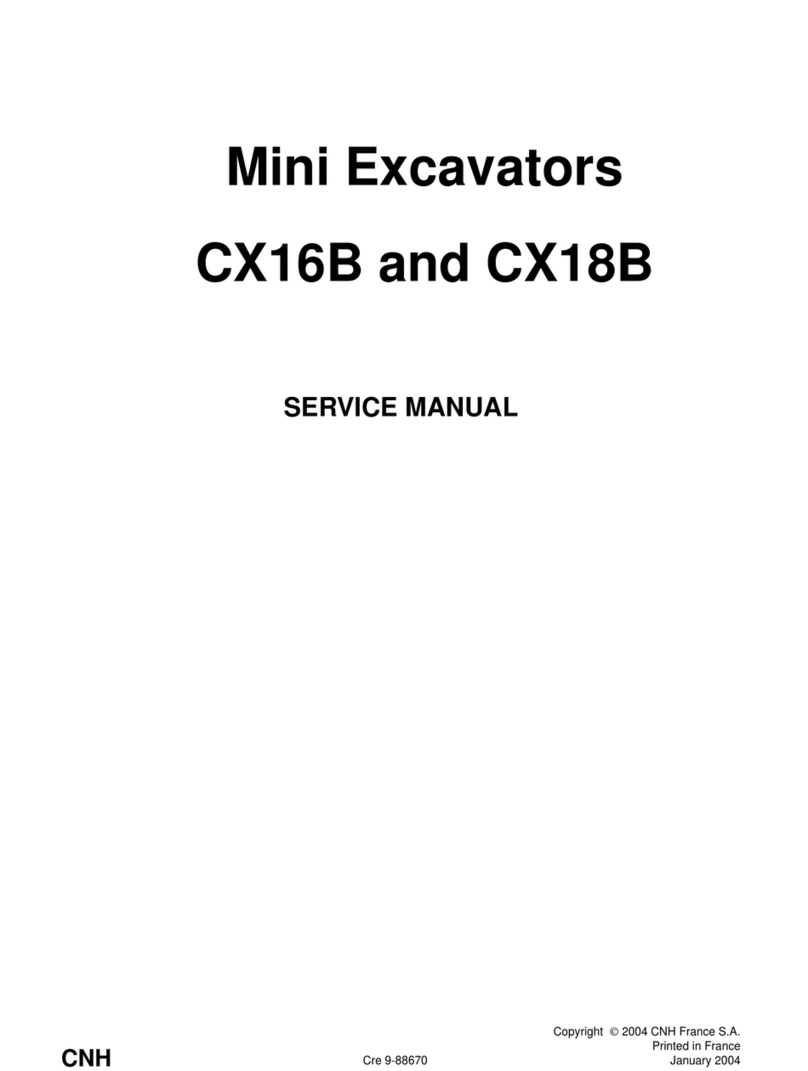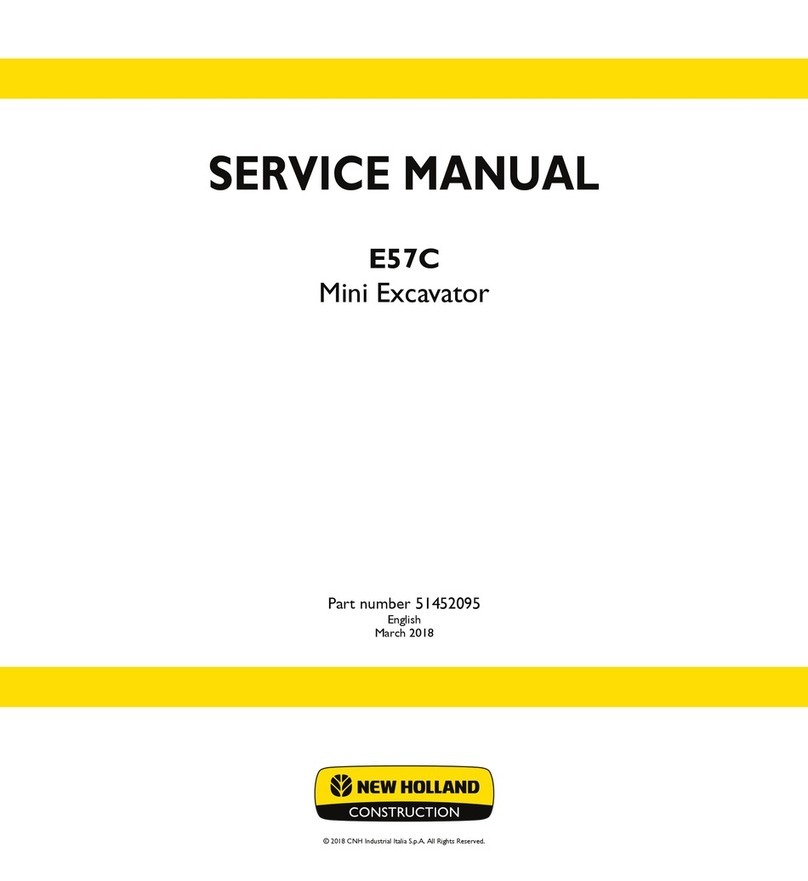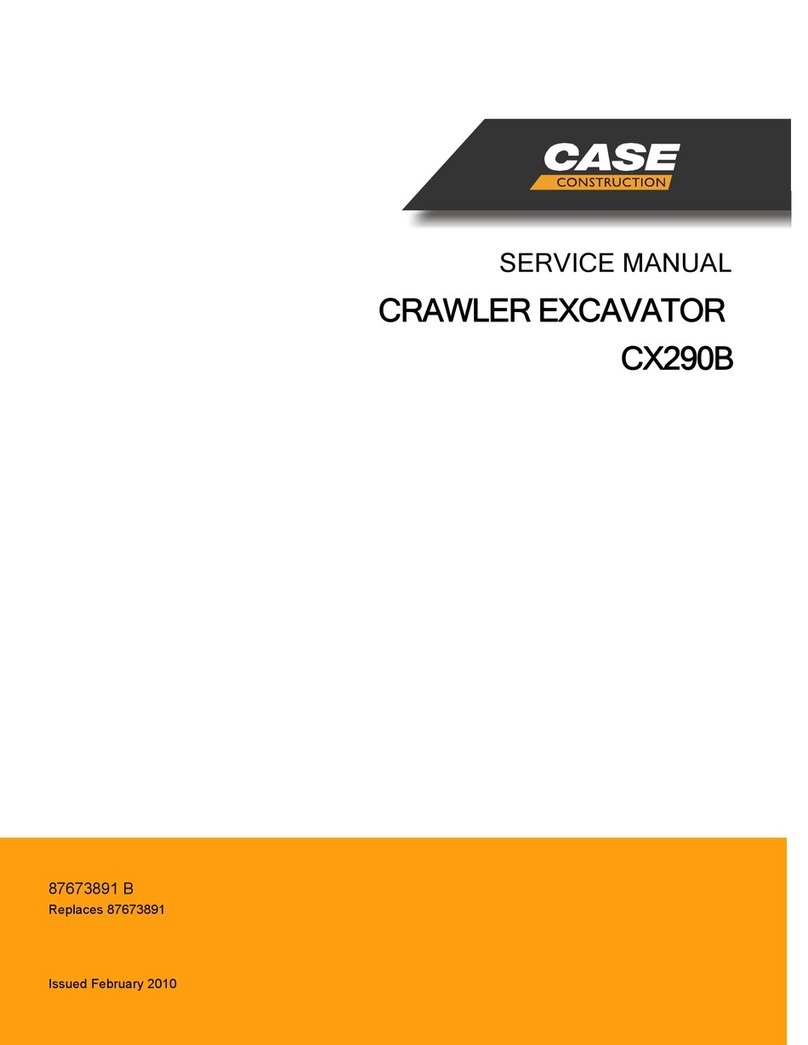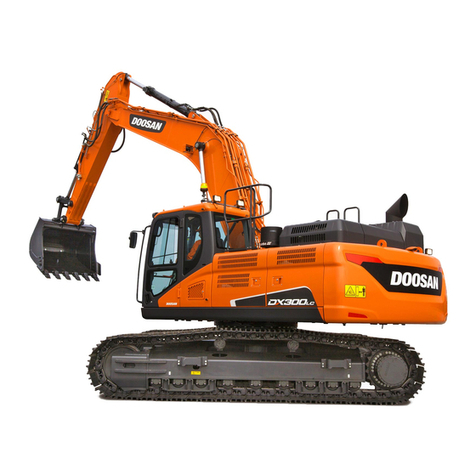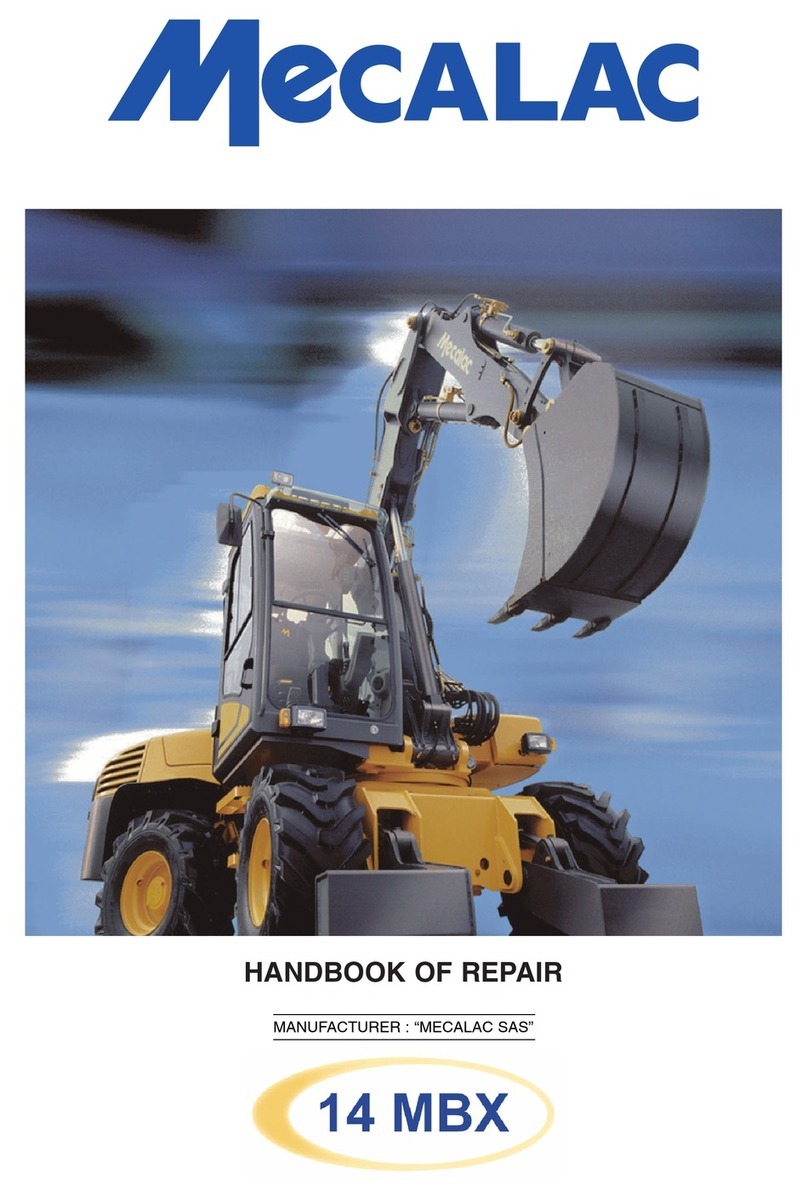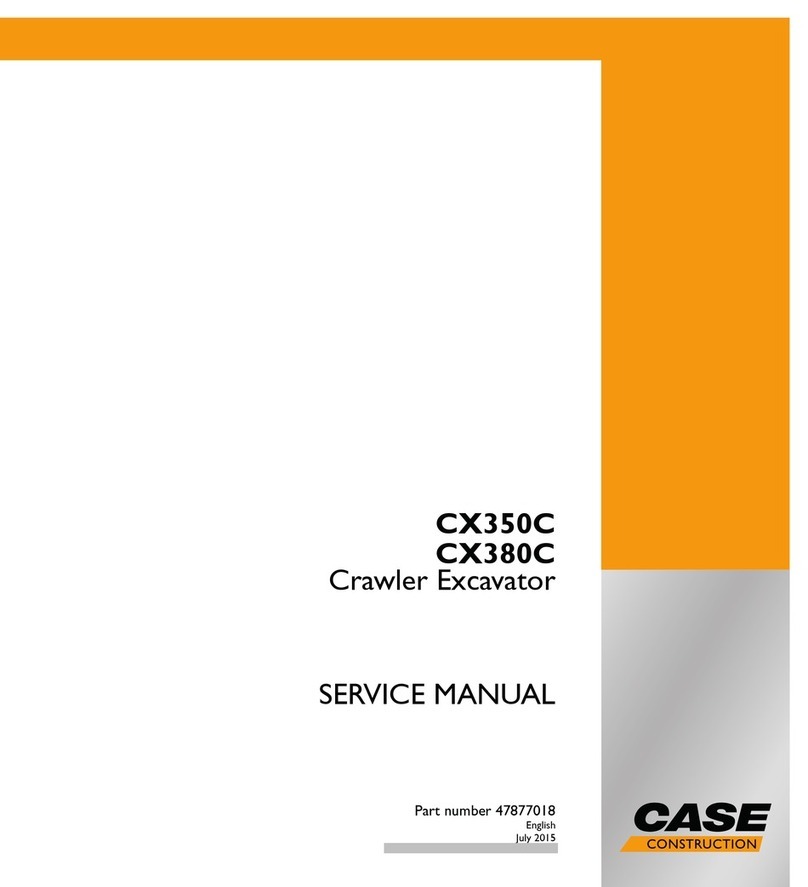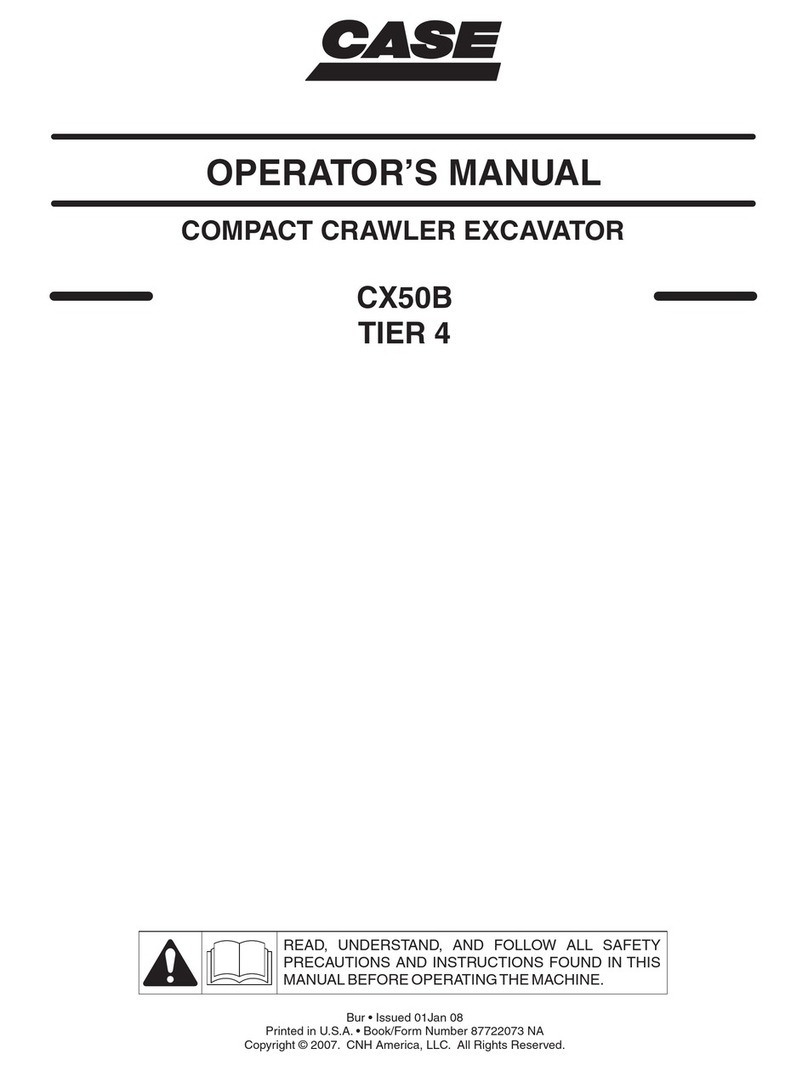
5. CONTENTS
1. Foreword ............................................................................................................................................... o-1
2. Safety information .................................................................................................................................. o-2
3. Introduction ........................................................................................................................................ o-4
....
4. Location of plates, table to enter serial No. and distributor .................................................................... O-5
SAFETY ........................................................................................................................... l-l
6.
7.
8.
9.
General Precautions .............................................................................................................................. 1-2
Precautions during operation ................................................................................................................. 1-8
7.1 Before starting engine. ................................................................................................................ 1-8
7.2 Operating machine ................................................................................................................... I-10
7.3 Transportation ........................................................................................................................... l-l.5
7.4 Battery ...................................................................................................................................... 1-16
7.5 Towing.. ..................................................................................................................................... 1-17
7.6 Bucket with hook.. ..................................................................................................................... l-18
Precautions for maintenance ............................................................................................................... 1-21
8.1 Before carrying out maintenance .............................................................................................. l-21
8.2 During maintenance.. ................................................................................................................ l-24
Position for attaching safety labels ....................................................................................................... 1-28
9a Lifting capacities ....................................................................................................................... 1-33
OPERATION ..................................................................................................................... 2-1
IO.
11.
General view .......................................................................................................................................... 2-2
10.1 General view of machine ............................................................................................................ 2-2
10.2 General view of controls and gauges ......................................................................................... 2-3
Explanation of components
11.1
11.2
11.3
11.4
11.5
11.6
11.7
11.8
11.9
11.10
11.11
11.12
11.13
11.14
11.15
11.16
11.17
11.18
11.19
11.20
11.21
Machine monitor ............................................................................................................. 2-4
............
Switches ................................................................................................................................... 2-15
Control levers, pedals ............................................................................................................... 2-24
Roof hatch ................................................................................................................................ 2-26
Front window.. ........................................................................................................................... 2-27
Door lock.. ................................................................................................................................. 2-29
Cap, cover with lock .................................................................................................................. 2-30
Fuse ........................................................................................ 2-31
..................................................
Luggage tray ............................................................................................................................. 2-32
Ashtray.. .................................................................................................................................... 2-32
Heater ....................................................................................................................................... 2-32
Air conditioner. .......................................................................................................................... 2-33
Fusible link ................................................................................................................................
Controller .................................................................................................................................. 22:
Toolbox.. .................................................................................................................................... 2-36
Refuelling pump ........................................................................................................................ 2-36
Cab radio .................................................................................................................................. 2-37
Warning lamps .......................................................................................................................... 2-41
c....................................................................................................... 2-42
Warning lamps .......................................................................................................................... 2-44
Handling the accumulators ....................................................................................................... 2-45
O-7
Find manuals at https://best-manuals.com



